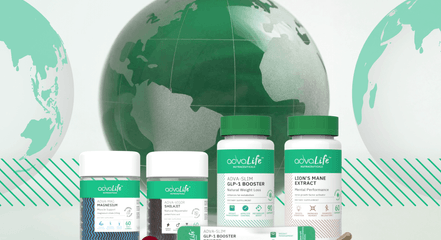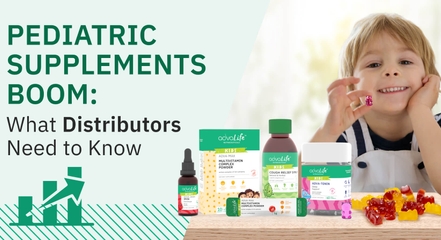Featured Content & Articles
Our publications offer unique insight for pharma and medical industry professionals. We deliver industry articles, insights and analysis authored by individual AdvaCare Pharma specialists, research teams and independent experts.
Don't want to miss the next AdvaCare article?

Share Your Story
Bringing health to the world is a journey worth sharing.


